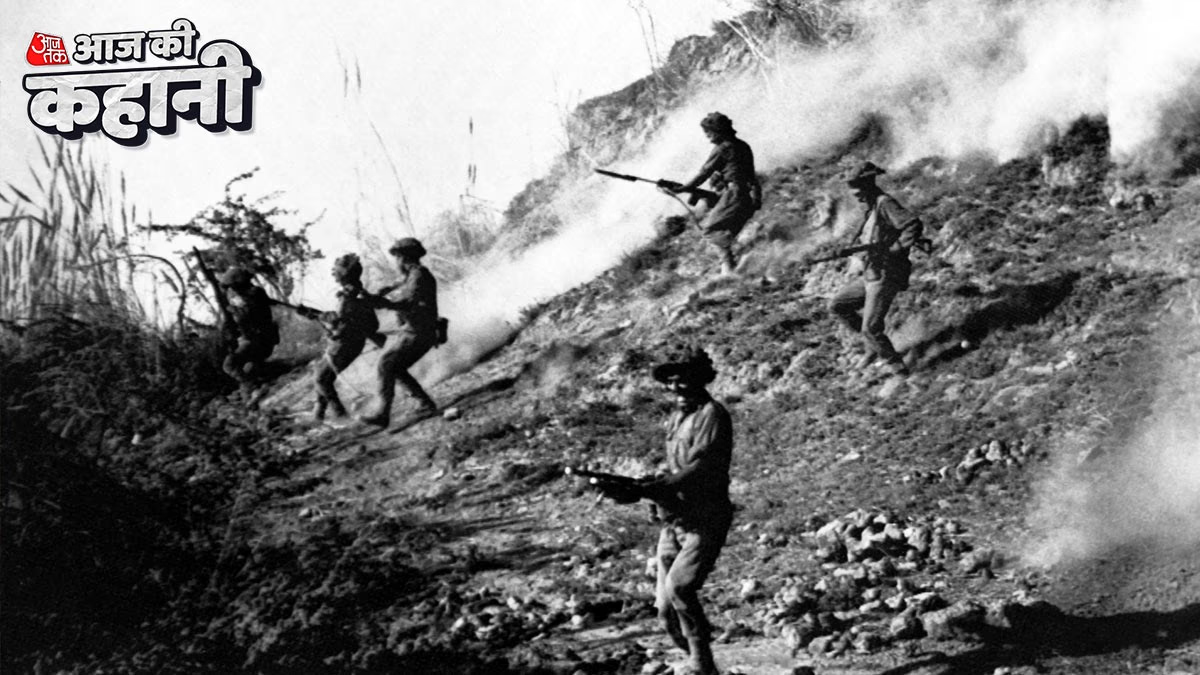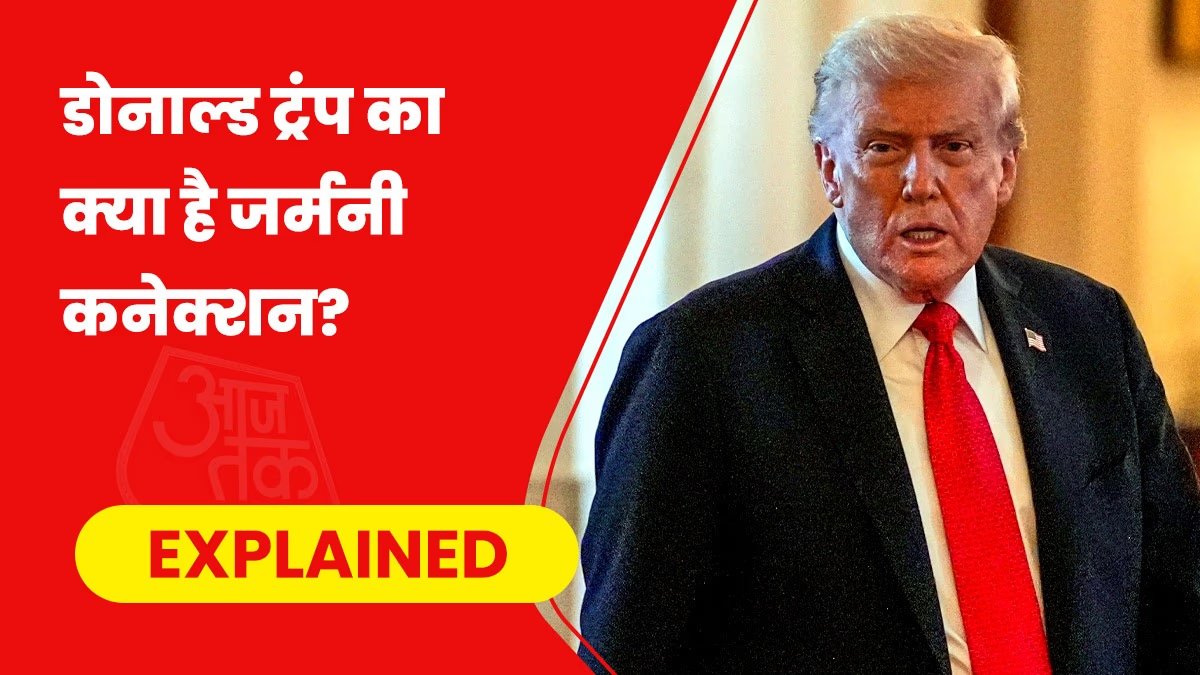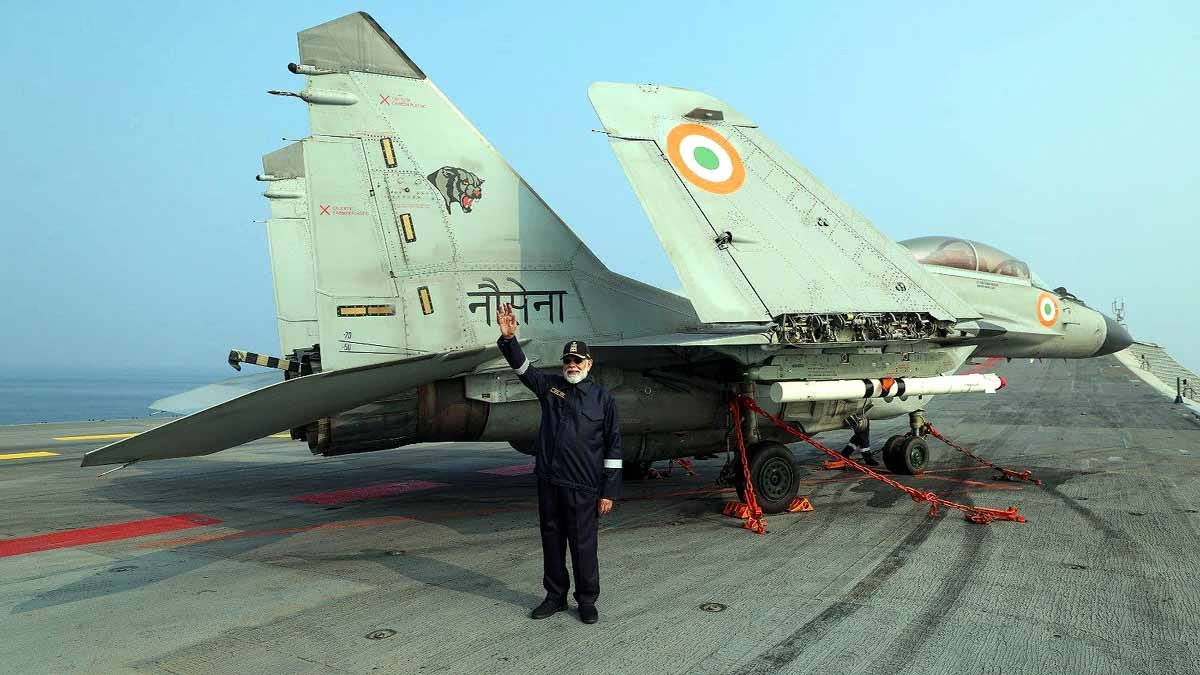Today is September 23, the very day in 1965 when India halted its military action against Pakistan. Had the war continued, Lahore might now be under Indian control. After continuous provocations and attacks, when India retaliated, Lahore began slipping from Pakistan’s grip. However, due to a United Nations initiative, the conflict between India and Pakistan was halted on September 23, 1965. Had that not happened, India's influence would have extended to Lahore today.
The year 1965 witnessed an intense war between the two nations, ending on September 23 with a ceasefire initiated by the United Nations. This was the first war where battle lines opened on all fronts between the countries. While the main skirmishes were fought between infantry and tank divisions, the navy also played a role, marking the first time both nations' air forces entered the battlefield.
When India Attacked Lahore
The 1965 war between India and Pakistan is also known as the Second Kashmir War, beginning on August 5 and ending on September 23, 1965. Thousands from both countries lost their lives in this war. On September 6, 1965, the Indian Army targeted Lahore, Pakistan’s second-largest city, changing the war's dynamics and drawing global attention.
Lahore Could Have Been India’s Today
A ceasefire was announced by the United Nations, followed by an agreement in Tashkent where both nations relinquished territorial claims and withdrew their troops from disputed areas. This compelled India to return Pakistan's land, despite Indian troops being near Lahore. The ceasefire on September 23 marked India's strategic success, elevating its global stature. Had the ceasefire and the Tashkent Agreement not been accepted, Lahore could have remained with India today.
How the 1965 War Began
On March 20, 1965, Pakistan deliberately initiated skirmishes in the Rann of Kutch, initially involving only the Border Security Force. Later, both countries' armies were drawn in. On June 1, 1965, British Prime Minister Harold Wilson mediated a ceasefire and established an impartial tribunal to resolve the conflict.
The Onset of Operation Gibraltar
Encouraged by success in the Rann of Kutch, Pakistani politicians, especially then Foreign Minister Zulfikar Ali Bhutto, pressured President Ayub Khan to launch a similar attack on Kashmir. Believing India was not ready for another war after losing to China, Pakistan decided to send soldiers disguised as locals into Kashmir to incite rebellion. Eventually, under pressure, General Ayub Khan ordered the secret military campaign, Operation Gibraltar.
Pakistani Soldiers Infiltrate Disguised as Kashmiris
Between August 5 and 30,000 Pakistani troops crossed the Line of Control dressed in local attire. On September 1, 1965, under 'Operation Grand Slam', Pakistan launched an attack aiming for the Akhnoor District of Jammu and Kashmir, posing a significant threat to India. However, Operation Grand Slam failed due to strategic missteps.
India's 24-Hour Window Turned the Tables
The failure of Grand Slam resulted from Pakistan’s military leadership changing commanders at a crucial juncture, delaying progress by a day. This brief pause allowed India to bolster defenses at Akhnoor. Despite Pakistan’s advantage, India’s western command proposed opening a new front at the Punjab border and attacking Lahore, which received the green light from the Indian leadership.
The March Toward Lahore
Disagreeing initially, General Chaudhuri’s objections were overridden by Prime Minister Lal Bahadur Shastri, who ordered the attack. On September 6, the Indian 1st Infantry Division, accompanied by an armored brigade, crossed the border reaching the Ichhogil Canal, advancing substantially into Lahore until Pakistani forces fortified the bridges. Yet, the Indian army persisted.
First Aerial Engagement Between the Nations
After independence, the 1965 war marked the first aerial combat between the Indian Air Force (IAF) and the Pakistani Air Force (PAF). Previously, their involvement was limited to transport roles during the First Kashmir War. The IAF fielded a robust fleet including the Hawker Hunter, indigenously built Folland Gnat, de Havilland Vampire, English Electric Canberra bombers, and one squadron of MiG-21s. The PAF countered with F-86 Sabres, F-104 Starfighters, and Canberra bombers.
Read More: September 22: The Day the British East India Company Laid Its Foundations Across India
The UN Halted the War
India officially commenced hostilities on September 6 by crossing the international border at the western front. Following 17 days of intense fighting, a ceasefire was declared, as both sides reached the brink. Despite the ceasefire, Indian troops had infiltrated deep into Pakistan. Thereafter, both countries reached an agreement in Tashkent, which required them to return occupied territories to each other.
Read More: September 21: The Story of Manipur's Integration into India
Other Significant Events
In 1739, Russia and Turkey signed the Treaty of Belgrade.
In 1803, the British East India Company defeated the Maratha army at the Battle of Assaye.
In 1857, the Russian warship Lefort disappeared in a storm in the Gulf of Finland, claiming 826 lives.
In 2009, the Indian Space Research Organisation (ISRO) launched the OceanSat-2 and six other satellites into orbit.
Read More: September 19: The Story of a Woman Who Made Space Her Home




